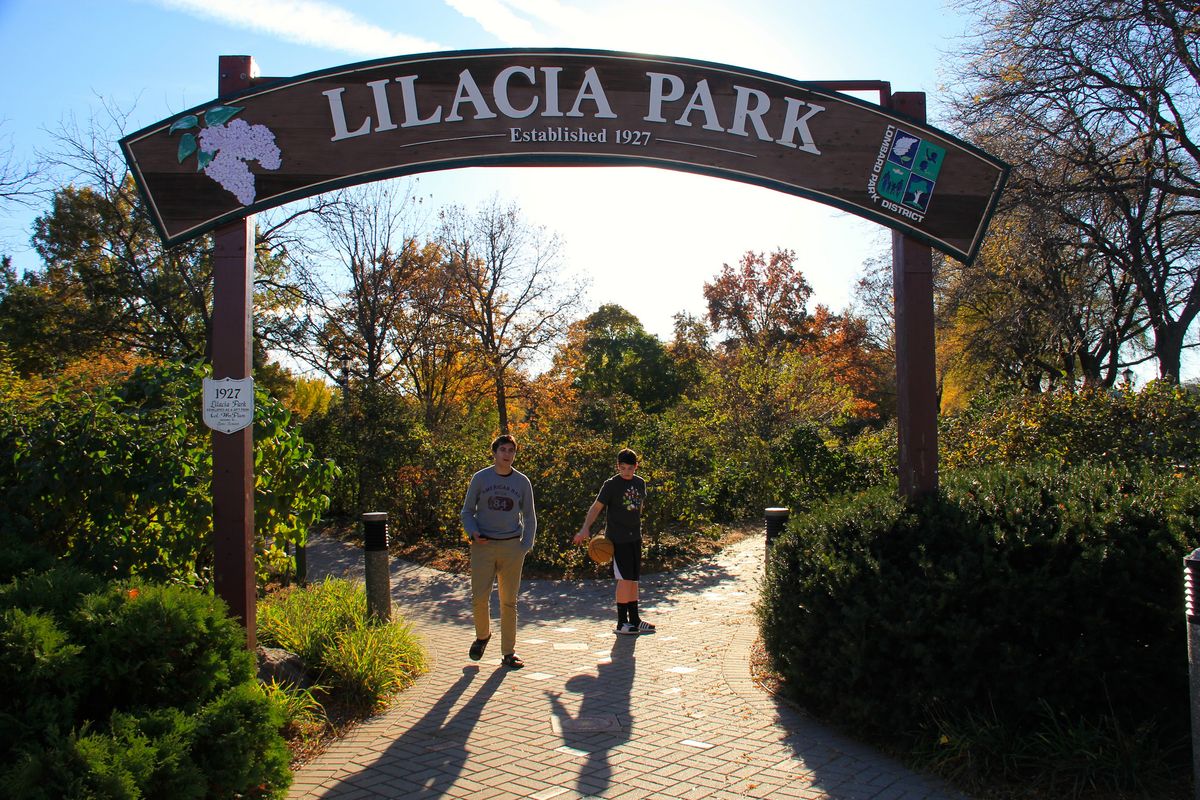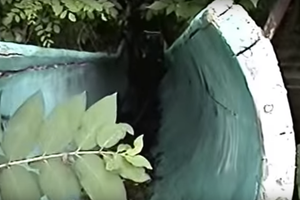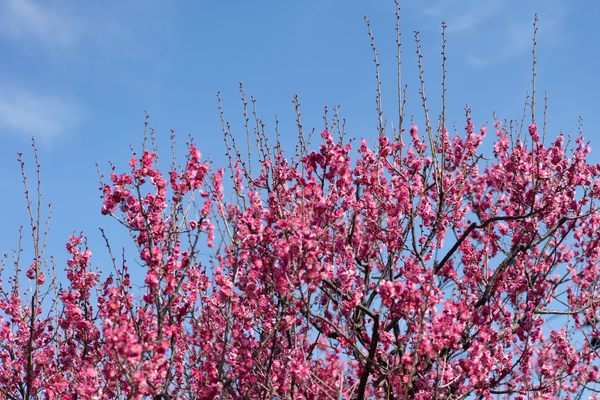About
Imagine a place where trees overflow with flowers, and breezes carry with them a sweet, delicate scent. Such a place exists on Chicago’s outskirts in Lombard, Illinois — and it all started with two lilacs.
The 1-acre Lilacia Park, named after the Latin term for “lilac,” is home to myriad varieties of the flower, which spread its horticultural roots from Asia Minor to Vienna to France to, ultimately, Lombard, Illinois. Lilacia Park was designed by one of America's most famous landscape artists, and started with only two flower cuttings.
The park’s collection of flowers originally belonged to Colonel William Plum and his wife Helen Maria Williams Plum. Colonel Plum moved to the Chicago area in 1869 and settled in Lombard when it was still a new village. The Plums purchased land and filled it with lilacs, which they fell in love with after traveling to the celebrated gardens of Victor Lemoine in France.
The couple returned from the trip with two lilac cuttings, one of Syringa vulgaris, “Mme Casimir Périer,” a double white, and the other of Syringa vulgaris, “Michel Buchner,” a double purple — the initial cultivars of the collection that stands today.
When Helen passed away in 1924, Colonel Plum lost interest in his estate and the collection of flowers he once adored. When he offered it for sale, he was told that the collection was a beloved part of the village and that it should remain intact. He passed in 1927, and in his will, dictated that the land was to be given to the people of Lombard as a public park and the house on the estate as a public library in memory of his wife.
The acclaimed landscape architect Jens Jensen — responsible in large part for the design or redesign of Chicago’s Columbia, Humboldt, Garfield, and Douglas Parks — agreed to design the Lombard Community Park, now known as Lilacia Park. Today, the park contains approximately 1,500 lilac bushes of more than 300 varieties. People travel from all over to visit the impressive array, particularly during the months of April and May when the flowers are in full bloom and the village’s annual Lilac Festival is in full swing. Just not in the winter; it is Chicago after all.
Related Tags
Know Before You Go
Visit in late April or early May to see the park's flowers in fullest bloom.
Community Contributors
Added By
Published
June 13, 2016











































